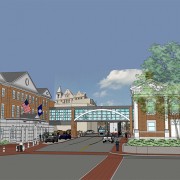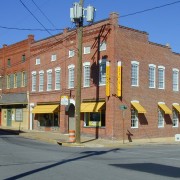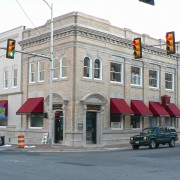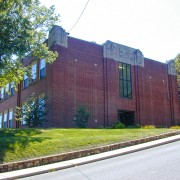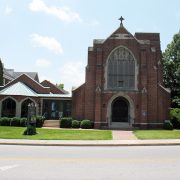Property owners, local governments, institutions and non-profit foundations may wonder how to best revitalize an older, underutilized building. Often, the answer is to first conduct a feasibility study.
These studies quickly establish if rehabilitation of an existing building is possible, practical, and cost-effective. They are a valuable first step in evaluating a building’s future potential and in creating a strategy for its reuse. They also provide a sound basis for determining your budget and for securing project financing.
A study typically consists of:
- Creating a set of “as built” architectural plans of the building
- Working with the owner to determine new uses that fit the building
- Assessing the current condition and functionality of the building
- Conducting a building code analysis based on the proposed uses
- Drafting a conceptual schematic design for the building
- Outlining a scope of work that defines the construction tasks
- Developing a preliminary project budget and construction schedule
- Determining how tax credit incentives can aid the project
- Identifying other possible project funding sources
- Provide attractive reports and renderings to help promote the project
Larger and longer-term projects often require a master plan as the first step in the implementation process. Frazier Associates may join with other firms to create a multi-disciplinary team to create the vision for such complex projects.
Engineers, landscape architects, and economic development specialists work with us to create several options of conceptual plans and designs. Cost estimates for each scheme help communities, institutions, and owners make better decisions earlier in the development process.














